what is \$\omega_d\$ called in literature?
It's sometimes\$^{(note1)}\$ called the damped resonant frequency and applies to some 2nd order filters but not all. I regard it as the frequency where the observable resonant peak is maximum on the bode plot. For a 2nd order low pass filter this might help: -
The peaking frequency becomes the same as \$\omega_n\$ when there is no damping (\$\zeta\$).
For a series RLC circuit there is no difference between \$\omega_n\$ and \$\omega_d\$ - it's just the way the math turns out because there is (what is called) a "zero" at 0 Hz and this nullifies the effect of the pole situated at negative complex frequencies. If you find this last paragraph beyond your learning I do apologize.
\$^{(note1)}\$ - Often the damped resonant frequency is called the peaking frequency (as mentioned above i.e. \$\omega_d=\omega_n\sqrt{1-2\zeta^2}\$) but it is also quite often mentioned as the projection of the pole to the jw axis as per below: -
Note the subtle difference in the two formulas.
That projection to the jw axis is the frequency of the decaying oscillation as seen with a step response on (say) an RLC low pass filter like this: -
With values plugged-into the calculator you get a response like this (and please note the damped oscillation frequency in the lower half of the picture): -
On-line calculator source.

